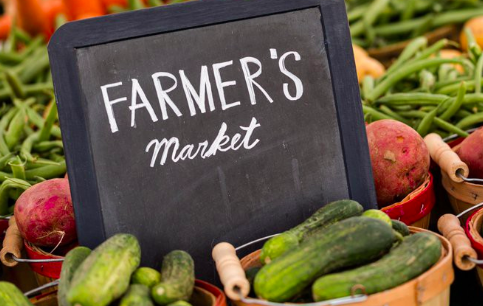Welcome to Change is Simple’s Online Learning!
Overview: In this activity, students will create a watershed using a piece of paper and coloring materials. Students will follow along to an instructor’s direction to learn what a watershed is and what you may find in one. After creating the watershed, students will conduct an experiment to understand where water travels through a watershed after a rainstorm. This lesson will highlight how water brings pollution from roads, construction zones, farms, and residential areas into our lakes, streams, and oceans.
Theme: Water pollution, natural resources
Grade Level: 2-5
Supervision needed? No
Essential Questions:
What is a watershed?
How does pollution travel through and enter a watershed?
How does pollution impact a watershed?
Materials Needed:
Paper
Coloring utensils
Spray bottle with water
Standards
3-LS4-4. Make a claim about the merit of a solution to a problem caused when the environment changes and the types of plants and animals that live there may change.
2-ESS2-1. Compare multiple solutions designed to slow or prevent wind or water from changing the shape of the land.*
K-2-ETS1-2. Develop a simple sketch, drawing, or physical model to illustrate how the shape of an object helps it function as needed to solve a given problem.
Background:
What is a watershed?
A watershed is an area or ridge of land that separates the flow of water to different rivers, streams, and lakes. All of the water that falls over a watershed will flow to the same basins (lakes and ponds). When rain falls, or snow melts, that water travels downhill over dirt, roads, and farms carrying whatever it comes in contact with. That means that the water collects and carries pollution to nearby lakes and oceans!
What is pollution?
Pollution is any substance or item that is harmful to the environment it is in. Water pollution takes many different shapes. If rainfall or snowmelt travels over a farm, it can collect fertilizers from the soil and carry them to lakes and oceans. This fertilizer can harm aquatic life. Similarly, oil from cars on the road can harm aquatic life if it gets carried to oceans, lakes. etc.
student-led experiment
Activity Duration: 15 Minutes
Materials Needed:
1. One sheet white paper
2. Assorted Markers
3. Spray bottle with water
Step 1: Set up experiment.
Crumple up a sheet of white paper with both hands, then lay out and semi-flatten.
Color the ridges of your watershed in purple.
To create the towns in your watershed, draw three small towns (red) at three places in the valleys of your watershed. (A valley is a low point of land between mountains).
Next, draw a large city (orange) close to one of the towns. The towns and the city are locations in our watershed where we often find large amounts of oil on roads from cars and pollution from people.
Next, draw four farms (green) in different flat places throughout the watershed. Most farmers use fertilizers to help their crops (fruits and vegetables) grow! These fertilizers are helpful for the farms, but harmful if they end up in our waterways, causing a dangerous process called eutrophication (yoo·traa·fuh·kay·shn). To learn more about eutrophication, click here!
Finally, draw a coal mine (black) near one of the cities. Coal is a major fossil fuel. The process of mining coal from the earth usually contaminates nearby waters with highly acidic water and metals. To learn more about the process of coal mining, click here!
Step 2: Create your hypothesis.
Soon, you are going to take your spray bottle or pipette and create rainfall over your watershed. Before you do this, you must make a hypothesis as to what will happen when you conduct this experiment!
Question 1: Where will the precipitation end up after the storm ends?
Question 2: What will happen to the pollution that comes from the coal mine, farms, and cities/roads?
Step 4: Create a rainstorm over your watershed!
Take your spray bottle and start to spray water on all areas of your watershed. Carefully observe the changes that occur. Be creative! You can make certain areas heavy rainfall areas and others lighter areas to observe the differences. Record your observations on a sheet of paper (pictures or words!)
Step 5: Reflection
Was your hypothesis (guess) from step 3 accurate?
What happened to the bodies of water after a serious rainstorm occurred over the cities and farms?
How could this runoff impact our watershed?
Now that you have completed this experiment, you hopefully understand that when it rains, pollution travels from our major towns and cities, farms, and industrial areas into our rivers, lakes, streams, and oceans. This can harm animals that live in the water and prevent humans from having clean drinking water. Let’s brainstorm some ways that we can help protect our watersheds from pollution!
The Change is Simple team has come up with three ways to help you get started:



Ride your bike or walk instead of riding in a car! The less we drive, the less oil ends up on our roads.
Pick up trash, even if it’s not yours! The best place for trash is in your trash bin, NOT outside where it can blow into our waterways!
Support local farmers that use little or no fertilizers! The less fertilizers used, the less that ends up in our oceans.

